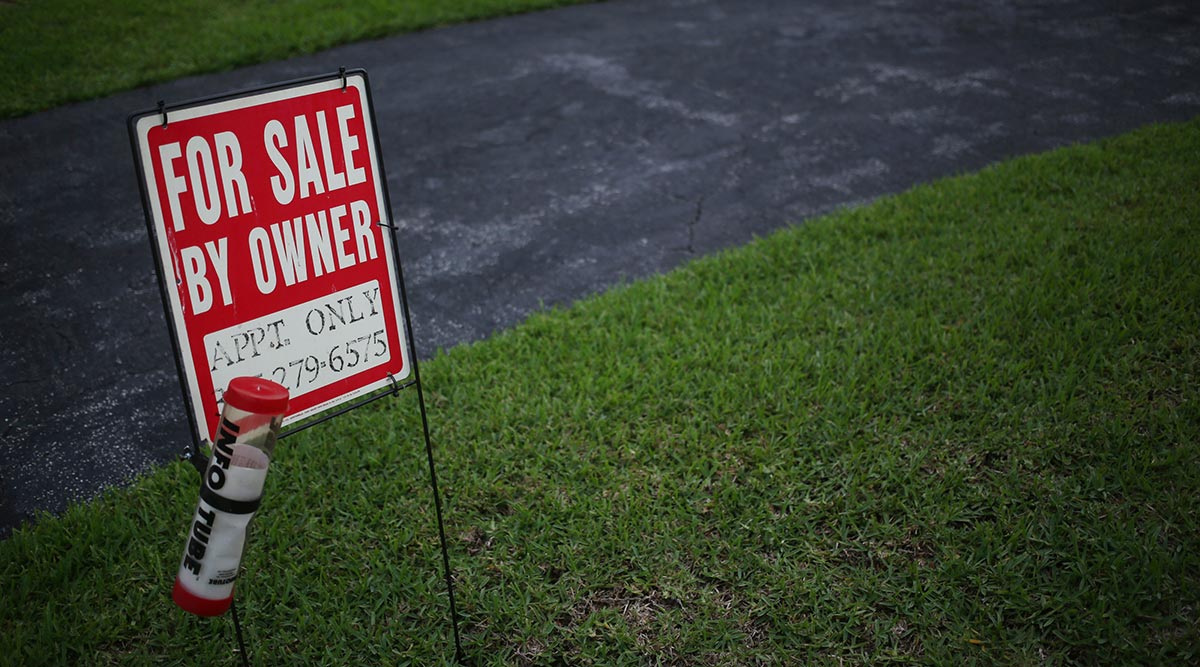Existing Home Sales Rise to Highest Level Since February 2007

Purchases of previously owned U.S. homes unexpectedly rose in July to the highest level since February 2007, consistent with further strength in the housing market.
Contract closings increased 2% to a 5.59 million annualized rate from the prior month’s revised 5.48 million pace, figures from the National Association of Realtors showed Aug. 20. The median forecast in a Bloomberg News survey called for a drop to 5.43 million. Prices rose and inventory shrank.
Employment gains and low borrowing costs are helping encourage trade-up purchases, providing a little more fuel for the economy. The data and a report earlier this week showing the strongest pace of new construction since 2007 are consistent with the Federal Reserve’s view that housing is improving.
“Demand is solid,” said Brian Jones, senior U.S. economist at Societe Generale in New York. “The driver is that we’ve got a labor market that’s very healthy, and mortgage rates are still very low. The Fed has clearly got to be happy with the housing numbers we’ve seen.”
Estimates in the Bloomberg survey of 73 economists ranged from 5.3 million to 5.65 million. The prior month’s pace was revised from a previously reported 5.49 million.
Existing home sales, tabulated when a purchase contract closes, account for more than 90% of the residential market. New-home purchases, which make up about 7% and are tabulated when contracts are signed, are considered a timelier barometer.
Compared with a year earlier, existing-house sales increased 10.3%.
The median price of an existing home climbed 5.6% from July 2014 to reach $234,000.
While outsize gains in property values hurt affordability for prospective buyers, more gradual property appreciation helps make it easier for homeowners to sell their dwellings.
First-time buyers accounted for 28% of all purchases, the smallest share since January and down from 30% a month earlier. All-cash transactions made up about 23%, down from 29% a year earlier and a sign that investors gradually are stepping out of the market.
Distressed purchases, consisting of foreclosures and short sales, in which the lender agrees to a transaction for less than the balance of the mortgage, accounted for 7% of the total, down from 8% in June and the smallest share since the NAR began tracking the figures in 2008.
The number of previously owned homes on the market fell 0.4% to a three-month low of 2.24 million. At the current sales pace, it would take 4.8 months to sell those houses compared with 4.9 months at the end of June. Less than a five months’ supply is considered a tight market, the Realtors group has said.
“We have this broad-based housing shortage,” Lawrence Yun, NAR chief economist, said at a news conference as the figures were released. “Rents are rising fast, home prices are rising fast. This is a result of underproduction.”
Sales of existing single-family homes increased 2.7% to an annual rate of 4.96 million. Purchases of multifamily properties — including condominiums and townhouses — fell 3.1% to a 630,000 pace.
Demand rose in two of four regions, led by a 4.1% gain in the South.
Surging rental costs and limited vacancies have the potential to persuade more Americans to take the homeownership plunge, which may encourage builders to step up construction. Residential starts rose in July to a 1.21 million annualized rate, the most since October 2007, Commerce Department data showed.
Persistent job growth and favorable borrowing costs are the building blocks for improving housing demand. The economy has created almost 1.5 million new jobs this year through July, after 3.1 million in 2014.
Another report Aug. 20 showed employers are keeping headcounts in line with demand. First-time claims for jobless benefits rose by 4,000 to 277,000 last week, according to the Labor Department. Applications have been lower than 300,000, a level typically associated with an improving job market, since early March.
The average rate on a 30-year fixed mortgage is below 4%, less than a half percentage point above the 3.6% rate in February that was the lowest since May 2013, according to Freddie Mac data.
A pickup in the number of available properties, particularly entry-level homes, would provide an added boost to the housing market by restraining price appreciation and luring more young adults who largely have been absent from the market.
Fed policymakers, at their July meeting, noted the improvement in housing, according to the minutes released Aug. 19. Central bankers, who are considering when to raise borrowing costs, last raised the benchmark rate in 2006. The Fed has held it close to zero since 2008 to try to stimulate economic growth.


